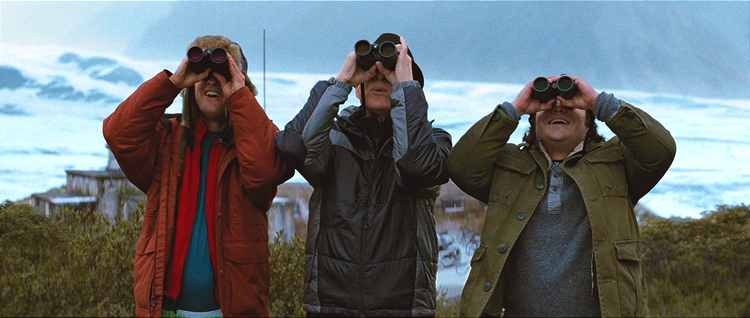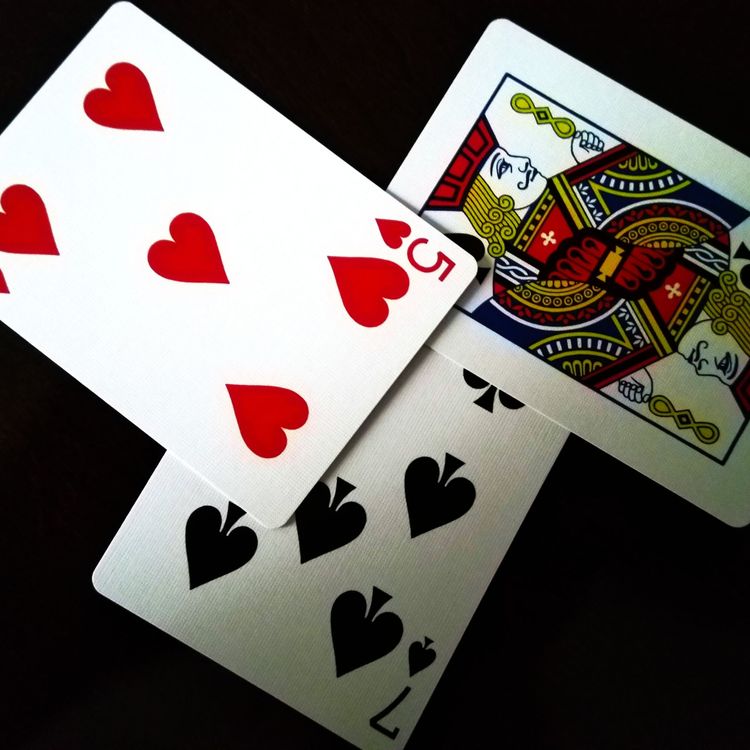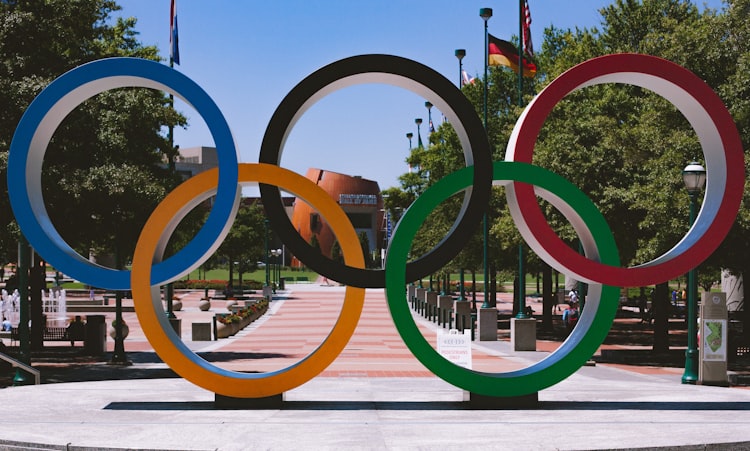
Running Commentary 8/26/2024
Hello,
The fall migration is starting to get underway. I haven't seen anything particularly interesting passing through, but I've been looking and will continue to look. If you live in some sort of flyway (as most people do) get out to your nearest patch of bird habitat and have a look around in the coming weeks.
Anyway...
Playing...

Warframe
"The Lotus Eaters" is a prologue quest; that is, it's basically an extended playable cutscene. The gist of it is that the Lotus is now involved in the goings on with Albrecht Entrati. There remains an undefined threat from Wally, and the Lotus is going to be sending us back to 1999 to find Entrati, who is the key to this somehow. We don't have much detail yet, but the fact that Wally is now reaching out to the Lotus is threat enough, really.
I've seen a few people complain that there wasn't much gameplay in this quest, but Warframe's had these kind of prologues for previous big story quests, at least since "The Sacrifice". I will say this one came rather early, I think, given that the actual "Warframe 1999" update won't come till around Christmas probably. It seems like the Drifter will be the one sent back to 1999, probably because the operator's too young to be a part of the romance mechanic.
"Lotus Eaters" is of course a classical reference, to a group encountered by Odysseus who tempted him and his men with a chance to give up their destiny for a life of mindless bliss. Both in "The New War" and in newer stuff with Wally taking a more central role as the post-Ballas villain, DE really seems to be going all-in on the idea of apathy being the ultimate evil and heroism being about confronting all manner of hardship (not necessarily just being willing to fight, which, let's be honest, isn't really much of a hardship for the Tenno anyway). It seems like something that might be coming from Rebecca Ford, since it's something that's really become a theme since she became Warframe's Creative Director, or it might be something from some other writer(s), but in any case its' not something that was always present in the game's story.


Bird of the Week
Some birds are well-known, either because they're abundant and commonly seen (the house sparrow, e.g.) or because they are otherwise conspicuous and told-of throughout the world (the ostrich, e.g.). Other birds are obscure, having through remoteness or inconspicuousness avoided most human attention (the superciliated hemispingus, e.g.). And then there are some birds that are not only known but celebrated, becoming something more than birds in the public imagination. The Indian peacock, the Atlantic puffin, and the European robin have all hit this iconic status, as has this week's bird, the most celebrated bird in the U.S. besides the bald eagle: the Northern Cardinal.
Cardinals (as they are simply known throughout most of their range: while it has cousins in the U.S., the northern cardinal is the only bird in the U.S. called a cardinal) are a common sight throughout the United States east of the Rockies, as well as in Mexico along both the Gulf of Mexico and the Gulf of California, and in Canada on the Ontario Peninsula and along the St. Lawrence. This range has expanded greatly from their original range in the American Southeast1 (hence the older name "Virginia cardinal"). Cardinals have moved north as people have a) cleared the dense forests, producing more of the cardinal's forest-edge habitat and b) hung bird feeders through the winter. Cardinals are not migratory birds, and they are seedeaters, so they became, especially in northern states, year-round visitors to backyard feeders.
But that's just to say that they are common sights to many people. What makes this bird iconic? In a word: red. the northern cardinal is one of the reddest songbirds found outside the tropics. It's redder than any bird of Europe and, while in its range it's rivalled in color by the scarlet and summer tanagers, those birds hide in the canopy much of the time. So when European settlers first came to knot the cardinal, they understood it as a bird of unparalleled exotic beauty.
14% of U.S. states name the cardinal as their state bird, making it the most common pick.2 Furthermore the cardinal is also a common pick for athletic mascots. St. Louis is home to a baseball team called the Cardinals3 (and formerly to a football team called the Cardinals, which now play in Arizona4, which is typically more pyrrhuloxia territory.) The University of Louisville5 and Illinois State University both feature cardinals as their mascot; ISU uses the term "redbirds" for their athletes, another older name for cardinals.6 Per an online database of team mascots, "the Cardinals" is the 11th-most popular pick, and the second-most popular bird mascot; "the Eagles" is the most popular bird and indeed the #1 overall pick.7 Cardinals themselves do not call to mind athletic ability; they're rotund little chirping creatures who tend to get bullied by bolder birds at feeders. But that red is iconic, so cardinals get used in iconography.
Cardinals (the northern cardinal first and then the other cardinals) are named after the cardinals of the Catholic church, high-ranking bishops of important churches who serve a "pivotal" role in the organization (Latin for "pivot" is "cardo");8 for the past thousand years, roughly, cardinals are given the power to elect new popes.9 As a work of their position, the cardinals wear scarlet robes and caps; the Virginia cardinal was so named because its red plumage called these robes to mind.10 Linnaeus called the bird Loxia cardinalis, placing it in the crossbill genus, though it is now placed as the type species of the type genus of its own family, as Cardinalis cardinalis.
- Beddall, Barbara G. “Range Expansion of the Cardinal and Other Birds in the Northeastern States,” 1963. https://www.biodiversitylibrary.org/part/209070.
- Munson, Olivia. “State Birds Across America: See Every State Bird Across the United States.” USA TODAY, April 16, 2024. https://www.usatoday.com/story/news/2023/07/25/state-birds-us-50-states-official-list/11022434002/.
- MLB.com. “Official St. Louis Cardinals Website | MLB.com,” n.d. https://www.mlb.com/cardinals.
- “The Official Site of the Arizona Cardinals,” n.d. https://www.azcardinals.com/.
- University of Louisville Athletic. “University of Louisville Athletic - Official Athletics Website,” n.d. https://gocards.com/.
- “Illinois State Redbird Athletics,” September 22, 2022. https://illinoisstate.edu/athletics/.
- “Most Popular | MascotDB.com,” n.d. https://www.mascotdb.com/reports/most-popular.
- “Cardinal.” In Merriam-Webster Dictionary, August 24, 2024. https://www.merriam-webster.com/dictionary/cardinal.
- Pope Nicholas II. “In Nomine Domini, April 13, 1059.” From Rome, January 12, 2024. https://www.fromrome.info/2021/02/25/the-bull-of-pope-nicholas-ii-in-nomine-domini-april-13-1059-2/.
- Jobling, J. A. (editor). The Key to Scientific Names in Birds of the World (S. M. Billerman et al. editors), Cornell Laboratory of Ornithology, Ithaca.
Curation Links
How the Fridge Changed Flavor | Nicolo Twilley, The New Yorker
Refrigeration is a given now, but the ability to store things cold is a relatively recent development. Before the refrigerator everything: eggs, raw meat, milk, raw vegetables, cheese, were either eaten quickly after being made or preserved in a quite impactful way. The cheeseburger, featuring fresh beef, raw tomato and lettuce, and a slice of cheese, would have been unthinkable in pre-fridge days, as those ingredients are wildly out-of-season. The fridge changed our diets in ways unappreciated now.
Golf Tech is Hidden in Plain Sight! | Marques Brownlee, MKBHD
[VIDEO] A look at the technology used to bring golf tournaments to television in a visually legible way. (13:50)
The Dangerous Populist Science of Yuval Noah Harari | Darshana Narayanan, Current Affairs
“We have been seduced by Harari because of the power not of his truth or scholarship but of his storytelling. As a scientist, I know how difficult it is to spin complex issues into appealing and accurate storytelling. I also know when science is being sacrificed to sensationalism. Yuval Harari is what I call a ‘science populist.’ Science populists are gifted storytellers who weave sensationalist yarns around scientific ‘facts’ in simple, emotionally persuasive language. Their narratives are largely scrubbed clean of nuance or doubt, giving them a false air of authority—and making their message even more convincing. Like their political counterparts, science populists are sources of misinformation. They promote false crises, while presenting themselves as having the answers. They understand the seduction of a story well told—relentlessly seeking to expand their audience—never mind that the underlying science is warped in the pursuit of fame and influence.”
State Change | Ken Liu
[FICTION] "I thought of writing to you because you remind me of myself. You thought you understood your soul, and you thought you knew how you needed to live your life. I thought you were wrong then, but I didn’t have the right answer myself. But now I do. I think you are ready for a state change."
See the full archive of curations on Notion







Member Commentary